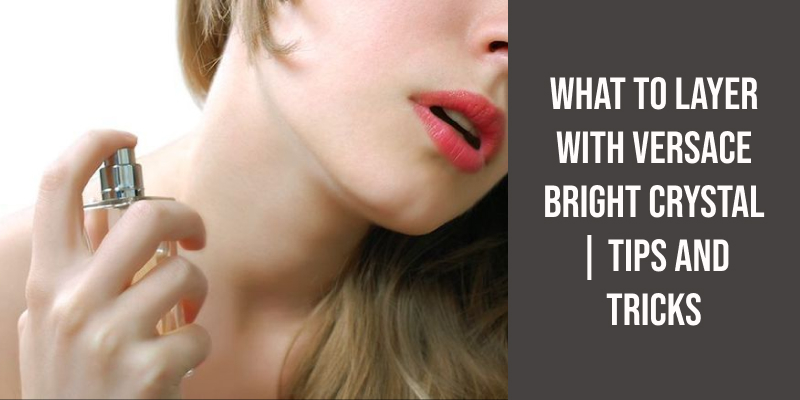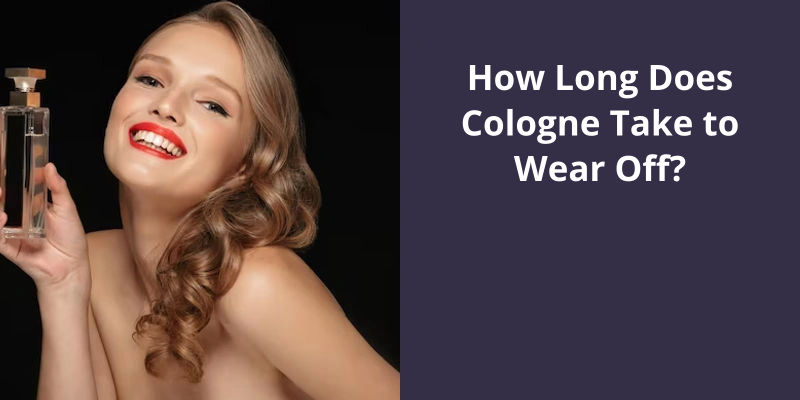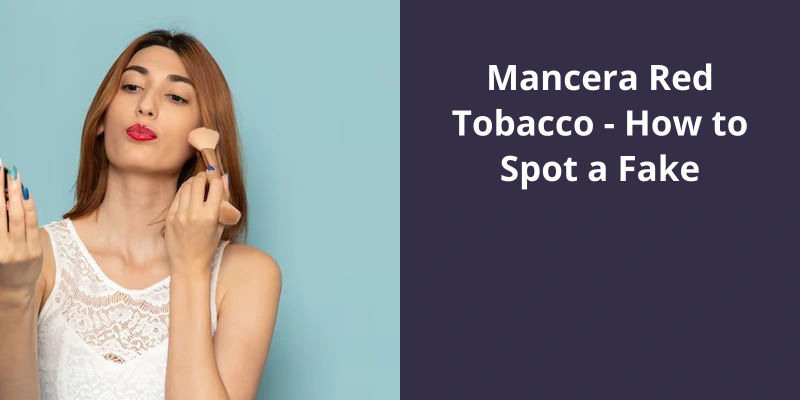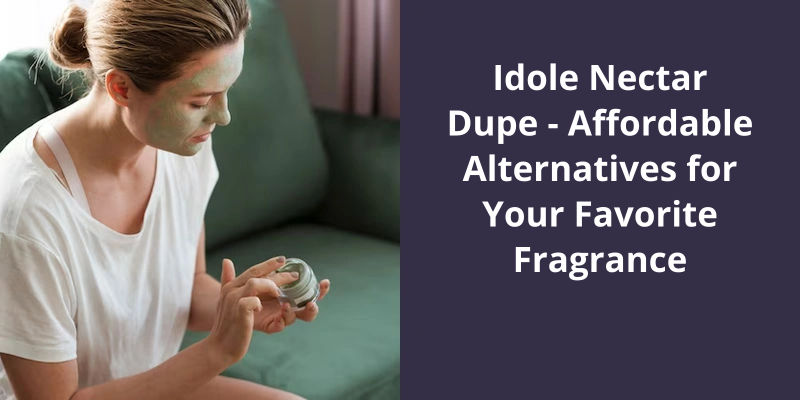To use fragrance oil with sticks, you first need a suitable container that is both narrow and tall – this helps to slow down the evaporation process. Pour the fragrance oil into your container, filling it up to around three-quarters of the way full. Next, place your sticks into the container, letting them sit in the oil for about an hour. After that time, flip the sticks over so the oil-soaked end is pointing up. This helps the fragrance disperse into the room. Remember to flip the sticks every few days to refresh the scent and add more oil when it runs low.
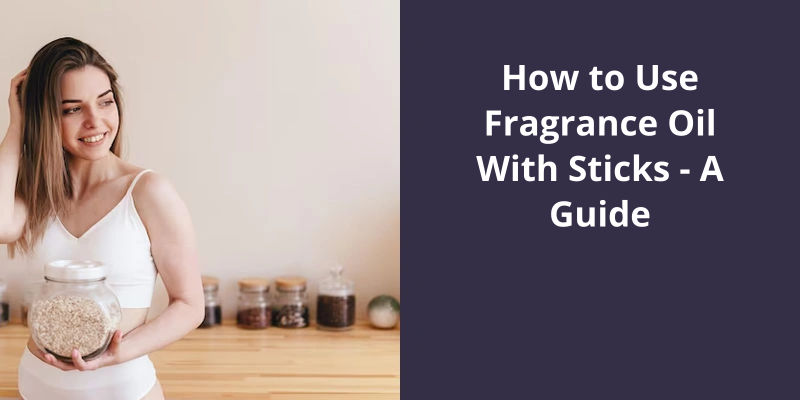
How Do I Use Fragrance Sticks?
Fragrance sticks are an easy and effective way to add a pleasant aroma to your home. These sticks, also known as reed diffusers, are simple to use and can last for several weeks. To get started, choose a fragrance stick that appeals to your senses. There are many options to choose from, including floral, fruity, and earthy scents.
When youre ready to use your fragrance sticks, start by removing the cap from the bottle of fragrance oil. Insert the reeds into the bottle, making sure they’re spread out evenly. You don’t want the reeds to be too close together, as this can impede the flow of air and make it harder for the fragrance to circulate. It’s best to start with six to eight reeds, although you can add more if you prefer a stronger scent.
To get the most out of your fragrance sticks, it’s important to place them in a strategic location. Choose a spot where the air circulates freely, such as near a window or an air conditioning vent. The movement of air will help to disperse the fragrance more efficiently. You can also place your fragrance sticks in a decorative vase or jar to enhance the visual appeal of the diffuser.
Allow up to 24 hours for the fragrance to fully diffuse. The strength of the scent will depend on the number of reeds you use, the size of the room, and the type of fragrance youve chosen. Some fragrances, such as citrus or mint, are more potent than others and may require fewer reeds to achieve the desired level of scent. With a little experimentation, you can find the perfect balance of reeds and fragrance to create a pleasant and inviting atmosphere in your home.
How to Make Your Own Fragrance Sticks/Reed Diffusers
- First, choose a carrier oil such as fractionated coconut oil or sweet almond oil.
- Add a few drops of essential oils of your choice to the carrier oil. Be sure to use only high-quality, pure essential oils.
- Mix the oils together in a glass container or bottle.
- Insert the reed sticks into the bottle, allowing them to soak up the oil mixture.
- Flip the reed sticks over after a few hours to ensure both ends are saturated with the oil.
- Place the reed diffuser in the desired location and enjoy the subtle, natural fragrance.
Now that we know how reed diffusers work, let’s explore the benefits of using them in your home or office.
What Do the Sticks Do in a Diffuser?
The sticks in a diffuser are designed to gradually disperse fragrance throughout the surrounding area in a controlled and consistent manner. This is achieved through a process called capillary action, which enables the fragrance oil to travel up the reed and be dispersed into the air. The number of sticks used in a diffuser can impact the strength of the scent, with more sticks resulting in a stronger fragrance.
In addition to their functional purpose, the sticks also serve as a decorative element in a diffuser. They come in a variety of colors and styles and can be used to complement the decor of a room. Some diffuser sets even come with interchangeable sticks, allowing users to switch up the look of their diffuser on a whim.
Another benefit of using reed sticks in a diffuser is that they’re low maintenance and easy to replace. Instead of having to change out the entire diffuser unit, simply replace the used sticks and refill the oil. This makes diffusers a cost-effective and eco-friendly alternative to traditional air fresheners that are powered by electricity or batteries.
Cheap, synthetic sticks may not absorb the fragrance oil as effectively and can even release harmful chemicals into the air. Look for sticks made from materials like bamboo or rattan, which are both sustainable and durable.
They offer a decorative touch, are easy to maintain and replace, and provide a natural and eco-friendly option for freshening up the air in a room.
How to Choose the Right Fragrance Oil for Your Diffuser
- Consider the strength of the scent. Some fragrance oils will be more potent than others, so it’s important to choose one that matches your preferences.
- Think about the type of fragrance you want. Do you prefer sweet and floral scents, or earthy and woodsy ones? Consider the mood you want to create in your space.
- Check the ingredients. Make sure the fragrance oil is made with high-quality, natural ingredients that won’t cause any harm to your health.
- Read reviews. Look for reviews or testimonials from other customers to get an idea of the scent’s quality and staying power.
- Try a sample first. Many fragrance oil retailers offer sample sizes, which can help you get a sense of the scent before committing to a larger bottle.
- Consider the compatibility with your diffuser. Not all fragrance oils will work with all types of diffusers, so make sure you choose one that’s compatible with your specific model.
Creating your own reed diffuser oil with alcohol is a fun and easy way to customize the scent of your home or office. By using a few simple ingredients, you can create a fragrant and long-lasting aroma that adds to the ambiance of any space. In this article, we’ll show you how to make reed diffuser oil with alcohol step-by-step. So, let’s get started!
How Do You Make Reed Diffuser Oil With Alcohol?
Reed diffusers have become quite popular these days as they’re an easy and safe way to create a relaxing and invigorating atmosphere in your home or office. The sweet fragrance of your favorite essential oils can completely transform your mood and state of mind. But, finding the perfect reed diffuser oil can sometimes be challenging. However, making your own reed diffuser oil with alcohol is an excellent DIY option that’s both cost-effective and customizable.
To begin with, you’ll need a carrier oil as a base for your reed diffuser oil. You can choose from a variety of carrier oils like sweet almond oil, jojoba oil, or fractionated coconut oil. Add half a cup of your carrier oil to a measuring cup. Next, select the essential oils of your choice, depending on the mood and fragrance you want to create. For instance, eucalyptus oil is known for it’s fresh and invigorating fragrance, while lavender oil creates a relaxing and calming effect.
Add approximately 25-30 drops of your favorite essential oils to the carrier oil. However, feel free to adjust the amounts based on your personal preference. Once you’ve added the essential oils, pour one tablespoon of rubbing alcohol or vodka into the mixture. The alcohol helps the essential oils to disperse evenly throughout the carrier oil.
Mix the ingredients well, making sure that the essential oils are completely blended with the carrier oil and alcohol. Finally, use a funnel to pour the mixture into your diffuser bottle. Make sure that the bottle has a narrow opening to prevent spilling. Insert the reeds into the bottle and let them absorb the oil. Flip the reeds over once a week to activate the fragrance.
You can customize the fragrance to match your mood, season, or occasion. With just a few simple ingredients, you can create a fragrant home environment and enjoy the therapeutic benefits of essential oils. You won’t regret it!
What Are the Benefits of Using Essential Oils in a Reed Diffuser?
Essential oils in a reed diffuser offer natural and long-lasting fragrance without the need for synthetic chemicals or electricity. They can also provide aromatherapy benefits such as relaxation, stress relief, and improved mood.
As we explore the world of oil diffuser sticks, it’s important to take a closer look at the materials used to make them. Reed diffusers have become increasingly popular as an alternative to using candles or electronic diffusers. However, the variety of materials used to make reed diffusers can have an impact on how well they perform. One factor to consider is the type of material used for the reed sticks themselves, which can greatly affect the scent’s strength and longevity in the air.
What Are Oil Diffuser Sticks Made From?
Rattan wood is a popular choice for oil diffuser sticks due to it’s natural origins and renewable properties. Obtained from the rattan palm, this type of wood is known for it’s durability and flexibility, making it an ideal material for creating thin and porous reeds that can efficiently absorb and disperse essential oils. Moreover, rattan wood is known for it’s ability to withstand humid environments, making it a perfect choice for diffusers used in various spaces, including bathrooms, kitchens, and other areas.
On the other hand, synthetic polyamide reed diffuser sticks have grown in popularity over the years owing to their affordability, longevity, and versatility. Polyamide reeds are usually made of chemical compounds and are designed to mimic the qualities of natural materials such as rattan. They’re available in an array of colors, lengths, and thicknesses, making them an ideal choice for customers looking to enhance their interior décor. Additionally, synthetic reeds are generally more resistant to bending and breaking, making them ideal for people with children or pets.
It’s worth noting that the thickness and quantity of the diffuser sticks can also affect the scent intensity of the diffuser. However, this doesn’t mean that you should arbitrarily add more sticks to your diffuser, as too many sticks can lead to issues such as clogging and over-absorption of oils, leading to the scent evaporating too quickly.
To get the most out of your diffuser sticks, it’s recommended that you flip them every few days to ensure that both sides are saturated with oil. This will help prolong the scent and keep it smelling fresh for longer. Additionally, if you feel that your scent is becoming too strong, remove a few sticks from your diffuser to reduce the intensity.
Oil diffuser sticks can enhance any room, but choosing the right material for your reed diffuser is critical. Whether youre a fan of natural rattan or synthetic polyamide, both options offer different advantages suitable for various needs, tastes, and budgets. By selecting the perfect diffuser sticks, you can create a relaxing and aromatic atmosphere in your home or office effortlessly.
How to Properly Clean and Maintain Oil Diffuser Sticks
- Always handle oil diffuser sticks with clean hands.
- Clean the sticks before using them for the first time.
- Use a damp cloth to wipe the sticks gently.
- Never immerse the diffuser sticks in water or cleaning solution.
- Place the sticks in a container filled with rubbing alcohol or vodka for an hour.
- After an hour, remove the sticks and let them air-dry.
- Store the clean and dry sticks in a closed container until ready to use.
Using an aroma diffuser is a great way to create a relaxing and soothing ambiance in your home. However, it’s important to use the right amount of essential oil to get the desired effect. Too little oil and you won’t be able to smell anything, while too much oil can be overwhelming and even harmful. In this article, we will discuss how much oil you should put in a diffuser and some tips to help you get the perfect scent.
How Much Oil Do You Put in a Diffuser?
It’s important to note that the amount of oil used in a diffuser will vary depending on the size of the diffuser as well as personal preference. For larger diffusers, you may need to use a higher amount of essential oil to achieve the desired aroma. Additionally, some oils have a stronger scent than others, so you may need to use less of a potent oil.
When adding essential oils to a diffuser, it’s also important to use high-quality oils. Low-quality oils may not provide the same therapeutic benefits and may even contain harmful additives. Be sure to research the brand and source of your essential oils before purchasing.
Overloading a diffuser with too much oil can also cause issues such as clogging or damaging the device. It’s best to start with a small amount of oil and gradually increase if necessary to avoid any potential problems.
In addition to the amount of oil used, the length of time the diffuser is running can also affect the strength of the scent. Running the diffuser for longer periods of time will allow the scent to spread more throughout the room, but may also require additional oil to be added.
Overall, using 3 to 5 drops of essential oil in a 100 ml diffuser is a good starting point for most people. It’s important to experiment and find the amount that works best for you and your diffuser. With a little trial and error, you can create a soothing and relaxing atmosphere in your home with the perfect essential oil blend.
Different Types of Diffusers and Their Benefits
This article discusses the various types of diffusers, four in total, and outlines their unique benefits. It’s aimed at individuals curious about essential oils and aromatherapy. The types of diffusers explored are ultrasonic diffusers, nebulizing diffusers, evaporative diffusers, and heat diffusers. Ultrasonic diffusers use water to mist essential oils into the air, nebulizing diffusers are waterless and pump oil molecules into the air, evaporative diffusers use a fan to evaporate oils, and heat diffusers use heat to diffuse essential oils. Each type of diffuser has diverse pros that distinguish it from others. Ultrasonic diffusers are quiet and multi-functional, nebulizing diffusers are potent and require no water, evaporative diffusers are portable, and heat diffusers are low-cost and straightforward.
Source: How many drops of essential oil in a diffuser? – The Magic Scent
However, if you want to achieve the best results, it’s best to opt for rattan reeds as they’re specifically designed for the purpose and will ensure a stronger and longer-lasting scent. That being said, if you’re in a pinch, bamboo skewers will do the trick.
Can You Use Any Stick for Reed Diffuser?
However, if youre using a thicker oil or a more expensive fragrance, it’s best to stick to using rattan reeds. These reeds are specifically designed to work with high-quality oils and will provide a more consistent scent throughout the room. Since theyre made from natural materials, they also have the added benefit of being eco-friendly and sustainable.
While you can technically use any type of stick for a reed diffuser, it’s important to choose one that will work best with your oil or fragrance. For instance, if youre using a thick oil, youll need a stick with larger channels to allow the oil to flow through. Similarly, if youre using a strong fragrance, youll want to use a stick that can absorb and diffuse the scent effectively.
In addition to the type of stick you use, the length and width of the stick can also impact the scent of your diffuser. Longer sticks will provide a stronger scent, while wider sticks will diffuse the oil more evenly and quickly. It’s also important to consider the size of your diffuser vessel when choosing your sticks, as youll want to use sticks that fit comfortably and won’t overcrowd the container.
Whether youre using rattan, bamboo or another type of stick, make sure to choose high-quality materials and follow proper safety guidelines when creating your diffuser.
By experimenting with different types of sticks and following proper safety guidelines, you can create a beautiful and effective diffuser that will fill your home with your favorite scents.
Conclusion
However, it’s important to keep in mind that proper usage requires a bit of care and attention to detail. Additionally, it’s recommended to use fragrance oils that are made specifically for diffusers and to experiment with different scents to find the one that suits their personal preferences. With the right techniques and ingredients, the use of fragrance oils with sticks can transform any space into a welcoming and inviting environment.


